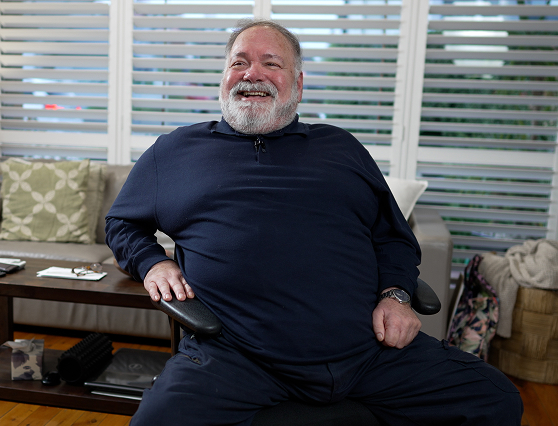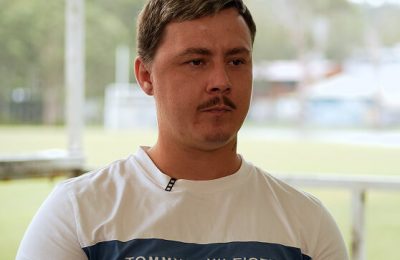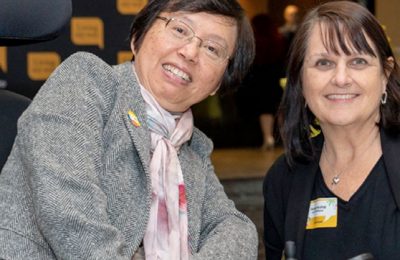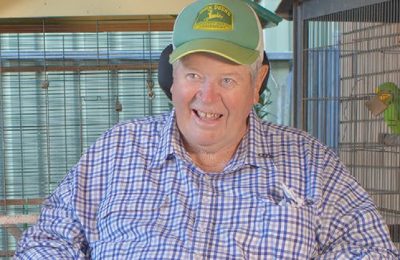A way out of this joint
When you lose your mobility, it preys on you that you’ll lose respect and dignity too. I’d always been an out and about bloke, a leader at work and amongst my friends. I’d be there for them and then get up, give them a hug and walk myself off home.
When paralytic polio finally caught up with me, I really bucked against a wheelchair. I thought, ‘No way, you’re not gonna get me in that!’ But my resistance made life really difficult. I couldn’t get out and do normal everyday things for myself or with the family.
My wife Deb was often onto me about it and finally one day, I just said to myself, ‘Hey mate, what are you doing?’ So I did get in the wheelchair and I know now that I should have given in earlier. I was so much happier once I did. I got my taste for independence back and I realised there was just one small thing still standing in my way. That small thing was a step at my front door!
And I’ve got a smile on my face. I’m not like this struggling, cranky old man anymore. It’s amazing because I get so many hellos in the wheelchair now. It’s like ‘Hey mate! Hello mate!
Living My Way is always asking me, ‘What else do you think would make your life better?’ And I remember saying one time, ‘I want to be able to get out of this joint myself without any help.’ Before long, the wheels were turning and the NDIS had agreed to our plan to eliminate the step and build direct ramp access. Mission complete and life changing. Now I can get out and about myself. I can see a movie on my own, do more with the kids.
“If I could offer one word of advice to anyone in the same situation as me, I’d say, ‘Don’t wait like I did. Use whatever will help you keep getting out there.”
- Angelo, Member




